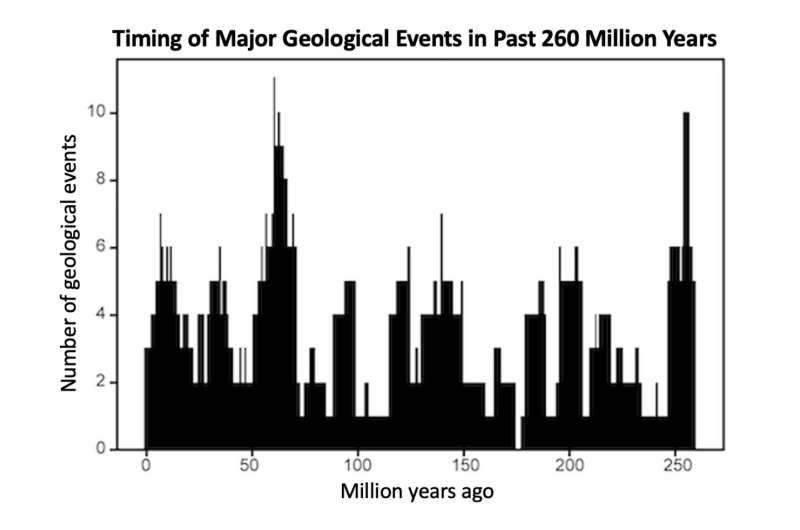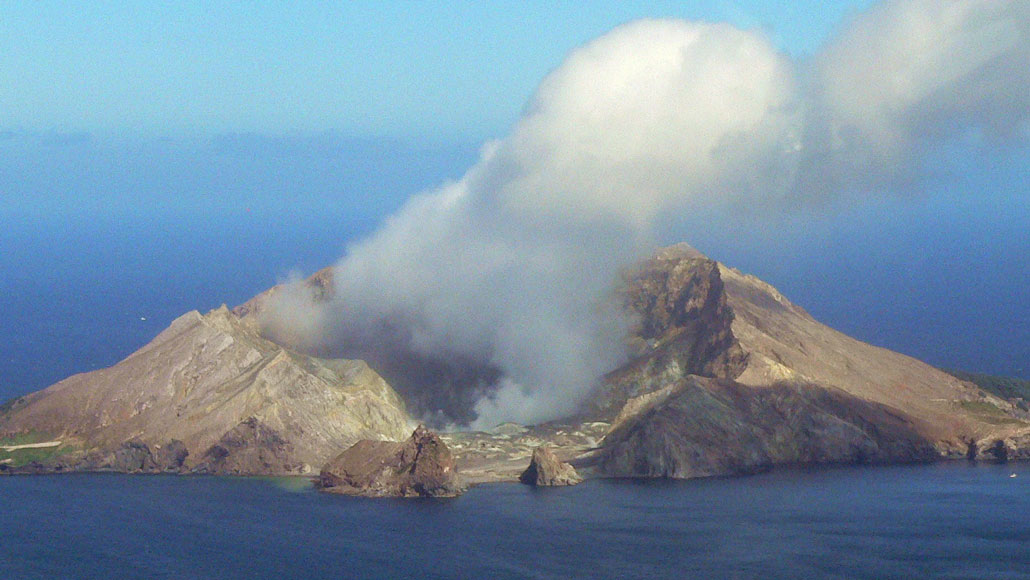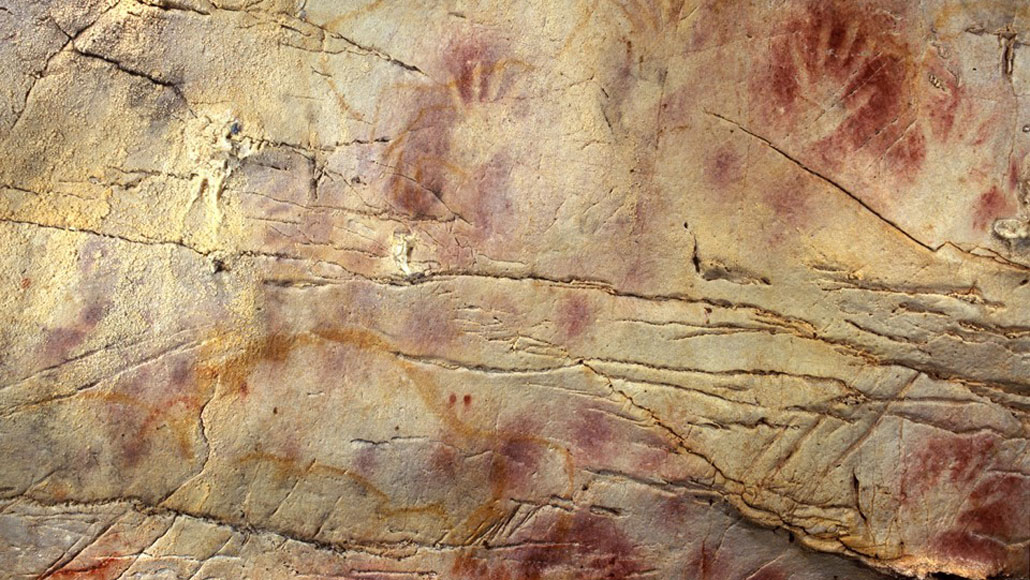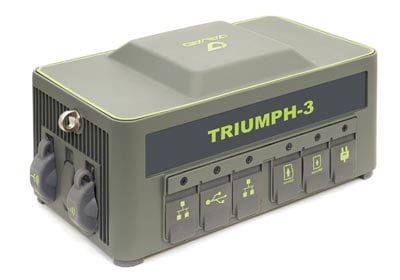- 1 reply
- 4,834 views
- Add Reply
- 0 replies
- 907 views
- Add Reply
- 0 replies
- 1,664 views
- Add Reply
- 0 replies
- 931 views
- Add Reply
- 0 replies
- 1,547 views
- Add Reply
2020 Global Land Use Data

By Lurker,

A global land cover GeoTIFF was recently released by Impact Observatory (IO) and Esri. To create this geospatial layer, hundreds of thousands of satellite photos were classified into ten unique land use/land cover (LULC) classes using a deep learning model in partnership with Microsoft AI for Earth.
Sentinel-2 imagery was used to divide the world into ten categories of land use cover:
Water (areas that are predominately water such as rivers ponds, lakes, and ocean)
Trees (clusters
The 27.5-million-year cycle of geological activity

By Lurker,


Geologic activity on Earth appears to follow a 27.5-million-year cycle, giving the planet a 'pulse,' according to a new study published in the journal Geoscience Frontiers.
"Many geologists believe that geological events are random over time. But our study provides statistical evidence for a common cycle, suggesting that these geologic events are correlated and not random," said Michael Rampino, a geologist and professor in New York University's Department of Biology, as well as the study's
A satellite’s view of a deadly 2019 eruption could improve volcano monitoring

By Lurker,


On December 9, 2019, a cloud of steam and volcanic gases blasted out of New Zealand’s Whakaari, or White Island, volcano. Relative to eruptions at other volcanoes, the explosion was small. But it claimed the lives of 22 people and injured another 25, many of whom suffered severe burns.
Now, using high-resolution satellite data and computer algorithms, scientists have revealed how gases released by the volcano subtly changed before, during and after the 2019 eruption. Observing such sm
A magnetic field reversal 42,000 years ago may have contributed to mass extinctions

By Lurker,


A flip-flop of Earth’s magnetic poles between 42,000 and 41,000 years ago briefly but dramatically shrank the magnetic field’s strength — and may have triggered a cascade of environmental crises on Earth, a new study suggests.
With the help of new, precise carbon dating obtained from ancient tree fossils, the researchers correlated shifts in climate patterns, large mammal extinctions and even changes in human behavior just before and during the Laschamps excursion, a brief reversal of the m
Javad GNSS launches TRIUMPH-3 receiver

By Lurker,


Javad GNSS has launched the TRIUMPH-3 receiver for surveyors and geodesists. It is capable of efficient tracking even in difficult conditions. It can track all current signals and is ready for any future satellites.
TRIUMPH-3 is designed to operate as a base together with TRIUMPH-LS and TRIUMPH-LS Plus to efficiently accomplish any geodetic job. Its real-time kinematic (RTK) system communicates via integrated UHF, 4G/LTE, Wi-Fi and Bluetooth channels, and eliminates the need to subscribe to
-
Forum Statistics
8.8k
Total Topics43.5k
Total Posts



